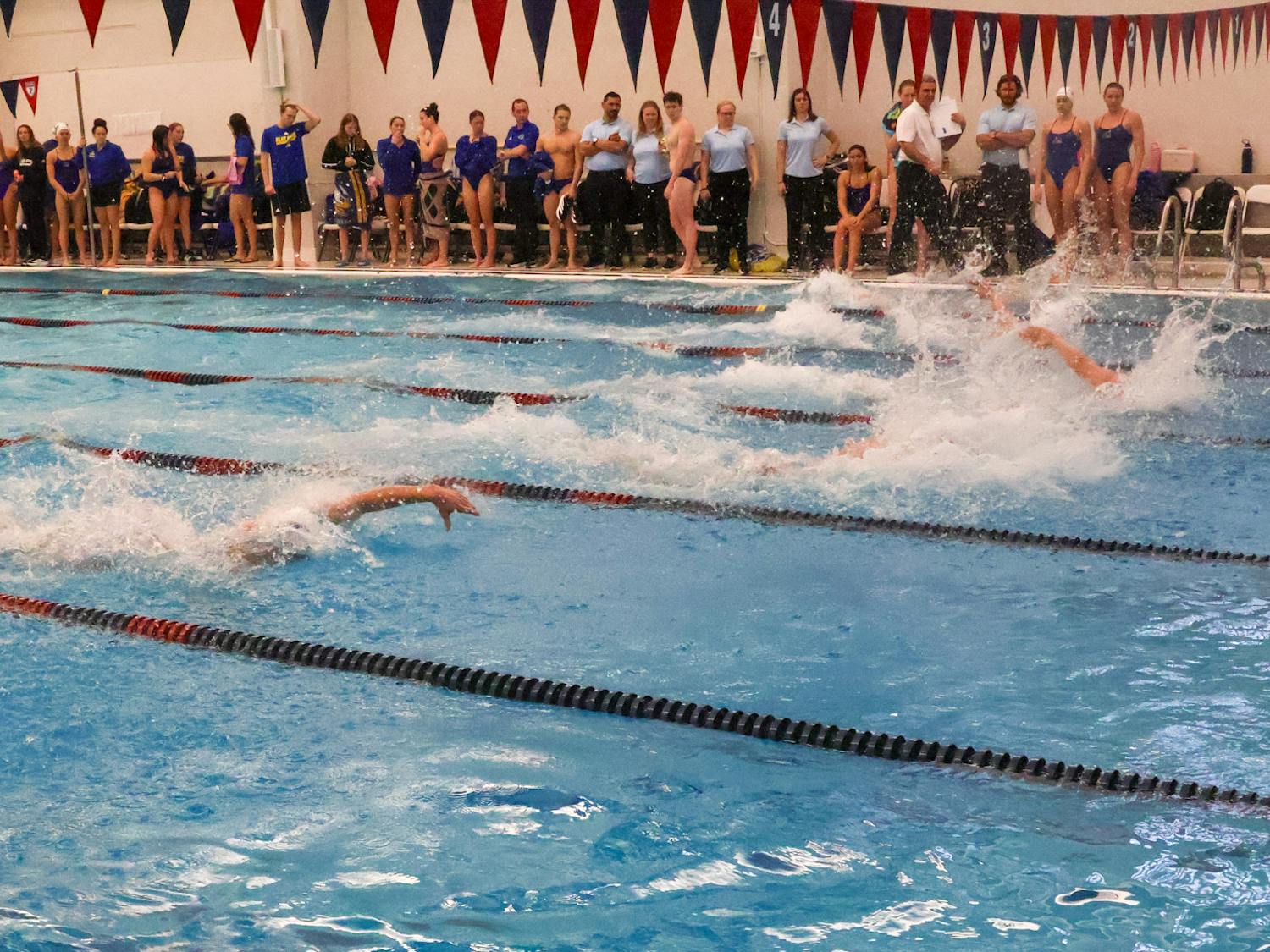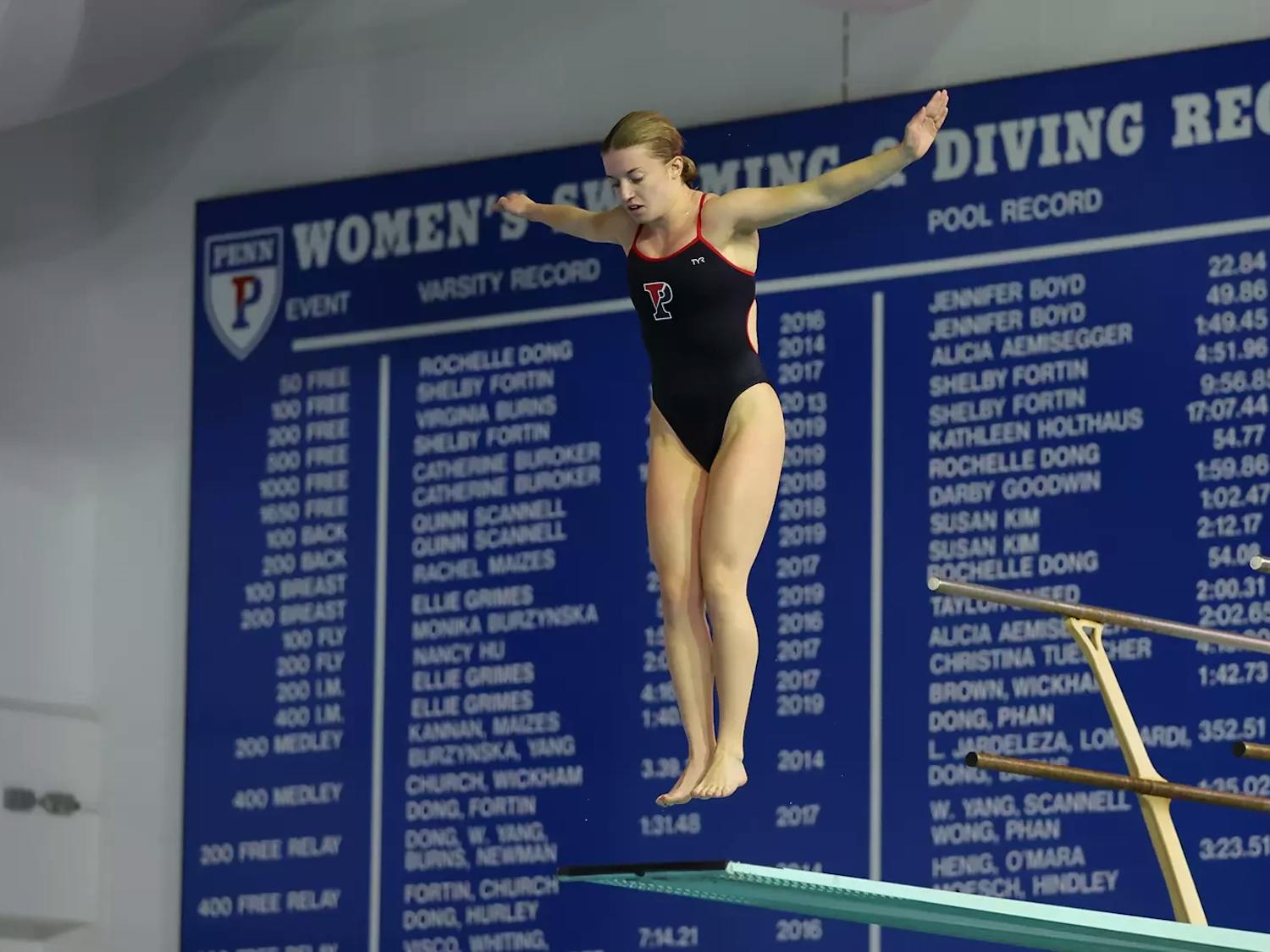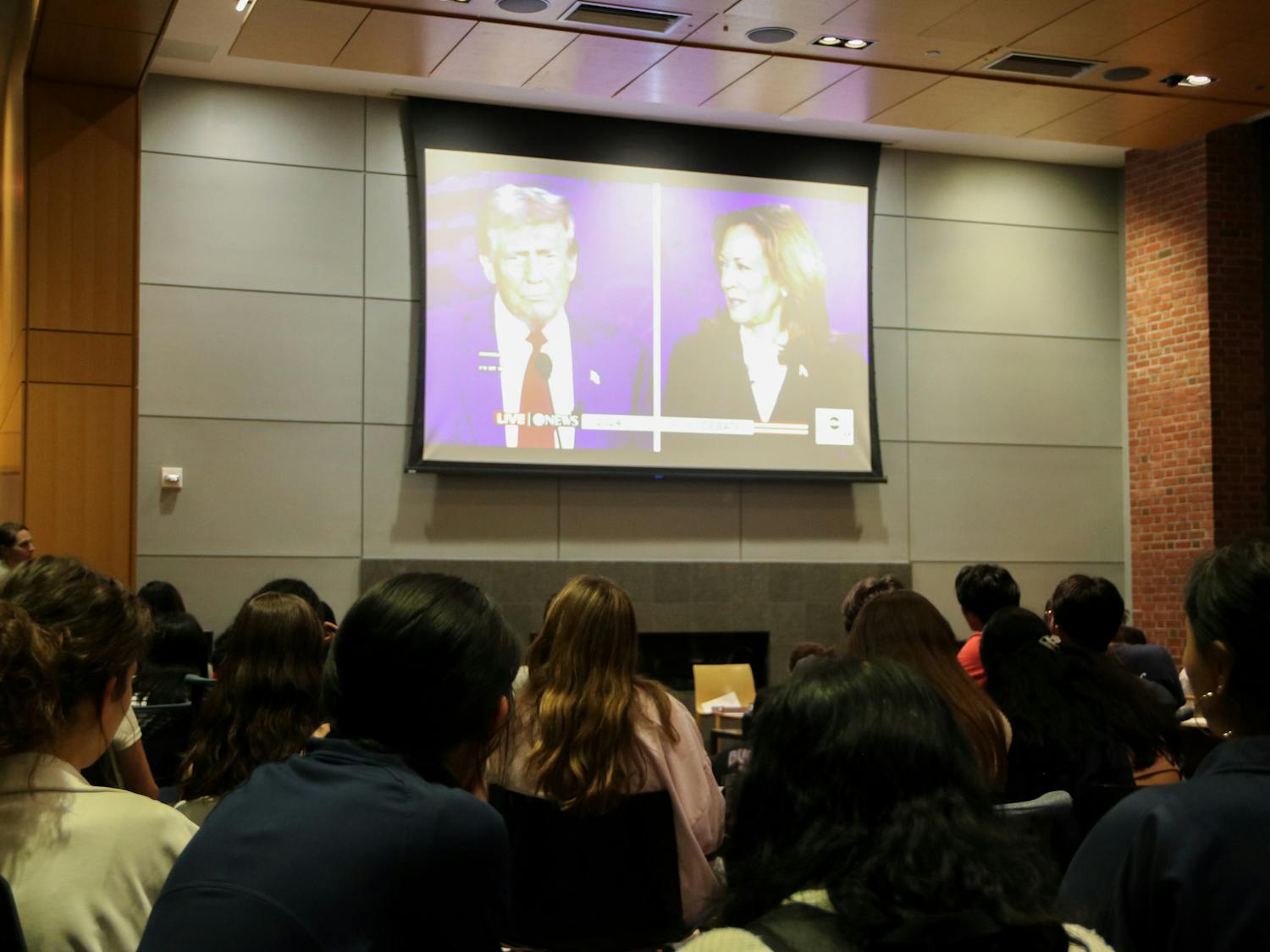Pennsylvania's public schools need an additional $4.6 billion to close education gaps between the most affluent and poorest schools, according to a new analysis.
Students in the poorest districts, who have fallen the furthest behind, require the most additional funding, The Philadelphia Inquirer reported. The analysis, which is based on state data from the last decade, shows widening gaps between affluent and poor communities, as well as divides in academic performance. Students in Philadelphia are among those requiring the most across the state.
The report, which was prepared for a Commonwealth Court judge, was commissioned by advocates who hope to overhaul the state’s education funding system. It stands as the most recent addition to a years-long legal battle to address statewide school funding inequities.
Students in the poorest districts have the lowest standardized test scores and the highest dropout rates, the Inquirer reported. Students from low-income families in the state’s highest-spending districts, however, perform better on standardized tests and graduate from college at higher rates.
Each student enrolled in the Philadelphia School District is shortchanged by $5,583, according to the analysis. Within the district, 65% of students are low income and 71% of students are Black or Latinx.
Pennsylvania Governor Tom Wolf and state Education Department officials, the defendants in the lawsuit for which the analysis was conducted, declined to comment on the new claims, the Inquirer reported. Leaders of the Republican-led state legislature are also name in the suit, and indicated they do not support a plan to increase funding for schools.
The lawsuit, which was filed in 2014 and revived by the state Supreme Court in 2017, argues that the state is failing to provide a “thorough and efficient” education system and alleges students’ equal protection rights are being violated, the Inquirer reported.
In 2015, a research report by The Education Trust, an independent national education policy organization, found that Pennsylvania has the second worse school funding gap in the nation. The highest poverty districts in the state receive 17% less per student than districts with the lowest poverty, according to the report.
RELATED:
Penn’s history of refusing to pay PILOTs, explained
Penn faculty challenge Penn to pay PILOTs ahead of Thursday Board of Trustees meeting
In recent years, members of the Penn community have called on the University to make Payments in Lieu of Taxes to support the Philadelphia School District and shrink the education gap. PILOTS are financial contributions that property tax-exempt organizations voluntarily make to local governments.









